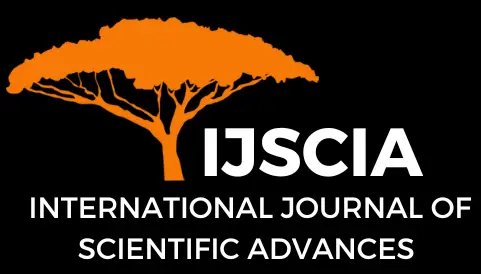Percutaneous Drainage as The Management of Amebic Liver Abscess (ALA): A Case Report
I Made Maha Prasetya1*, Putu Windhu Mahayana1 and Pande Made Gunawan Adiputra2
Abstract
Background: Amebic liver abscess (ALA) is the most common extraintestinal manifestation of amebiasis caused by Entamoeba histolytica infection. Clinical diagnosis of ALA is often uncertain due to no specific signs and symptoms. Abscess aspiration or drainage had a vital role in the management of ALA, mainly in cases with inadequate treatment response and large abscesses at risk of rupture. Case Presentation: A 66-year-old male patient presented with right upper quadrant abdominal pain for two weeks. He was diagnosed with a liver abscess in another hospital and then referred to our hospital due to inadequate clinical response after the treatment. Ultrasonography showed a solitary hypoechoic lesion in the right lobe of the liver and the CT scan revealed a well-defined hypodense lesion with regular margins in segment VII of the liver. Metronidazole and ceftriaxone were given intravenously during hospitalization. Percutaneous drainage of the liver abscess was performed on the seventh day of hospitalization with the indication of inadequate treatment response, size, and location of the abscess. The culture of the discharge showed growth of E. histolytica. No complications were found and the patient was discharged on the twelfth day of hospitalization with optimal clinical improvement. Conclusion: We report a case of ALA with inadequate response to the conservative treatment. The percutaneous drainage was performed for abscess decompression based on the preoperative ultrasound and CT scan. There is no complication was found and the patient was discharged on the twelfth day of hospitalization with optimal clinical improvement.
Keywords
amoebic liver abscess; percutaneous drainage; E. histolytica
Cite This Article
Prasetya, I. M. M., Mahayana, P. W., Adiputra, P. M. G. (2022). Percutaneous Drainage as The Management of Amebic Liver Abscess (ALA): A Case Report. International Journal of Scientific Advances (IJSCIA), Volume 3| Issue 4: Jul-Aug 2022, Pages 622-627, URL: https://www.ijscia.com/wp-content/uploads/2022/08/Volume3-Issue4-Jul-Aug-No.320-622-627.pdf
Volume 3 | Issue 4: Jul-Aug 2022



